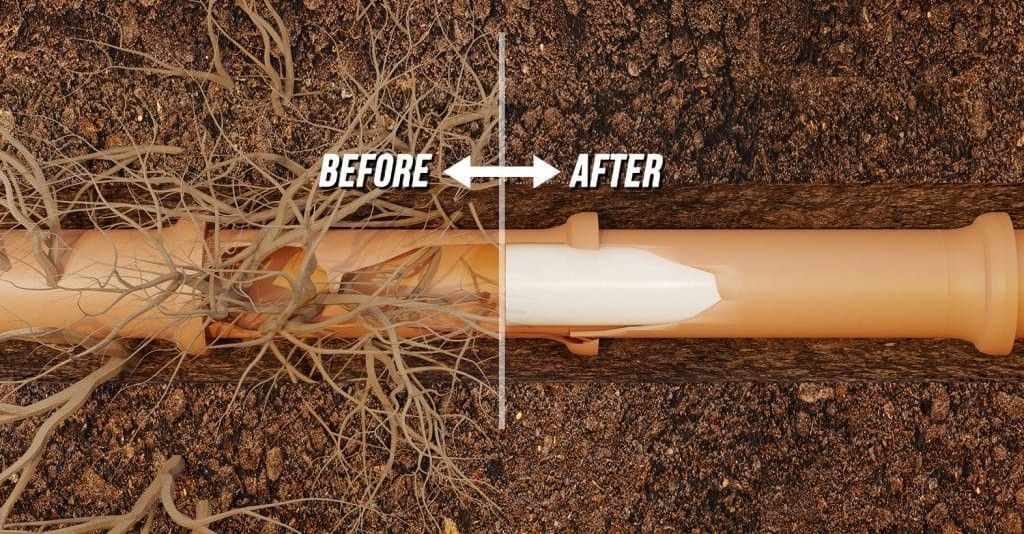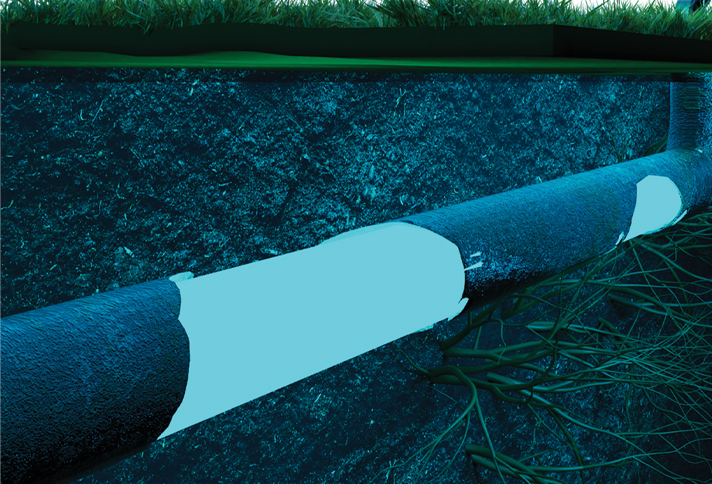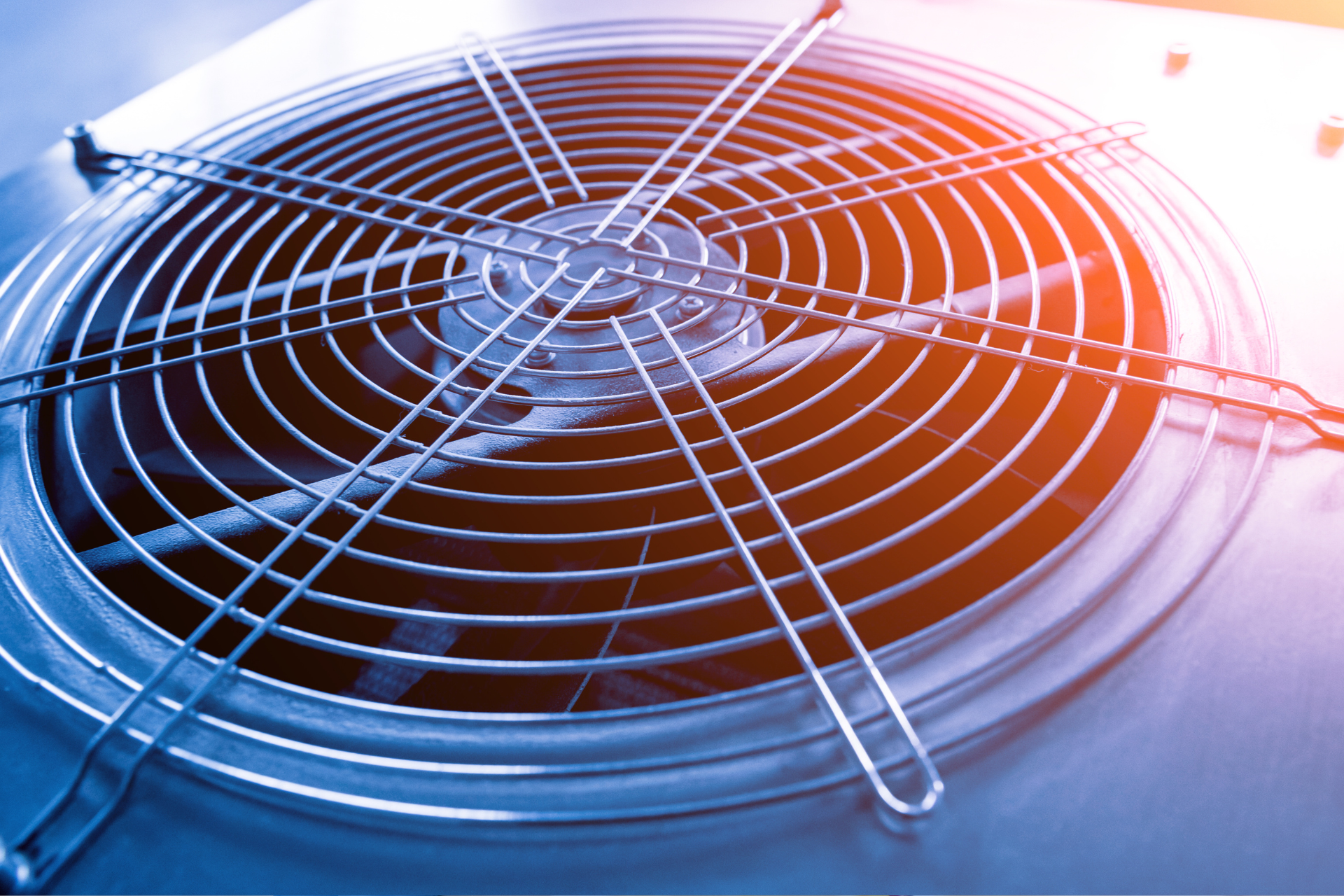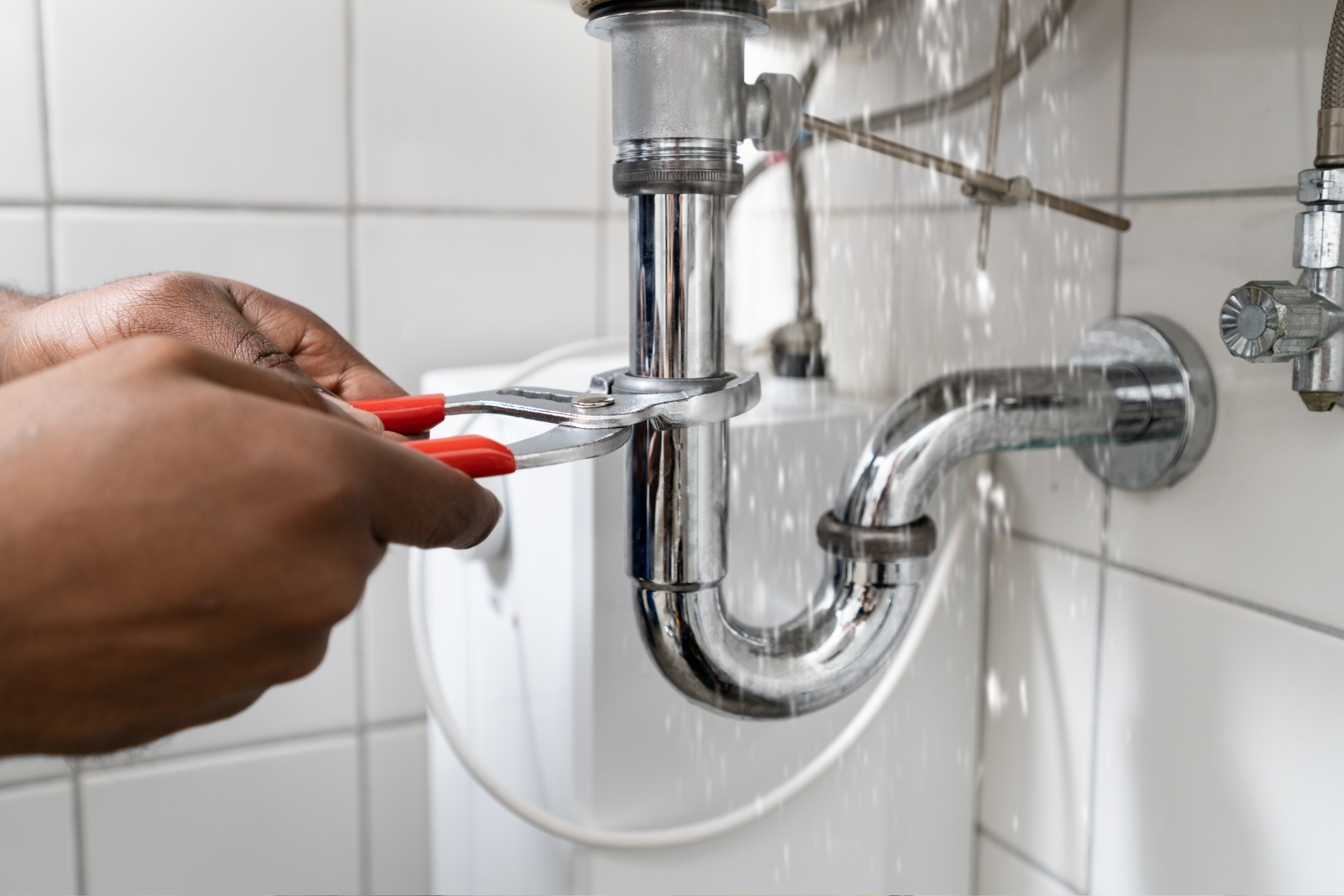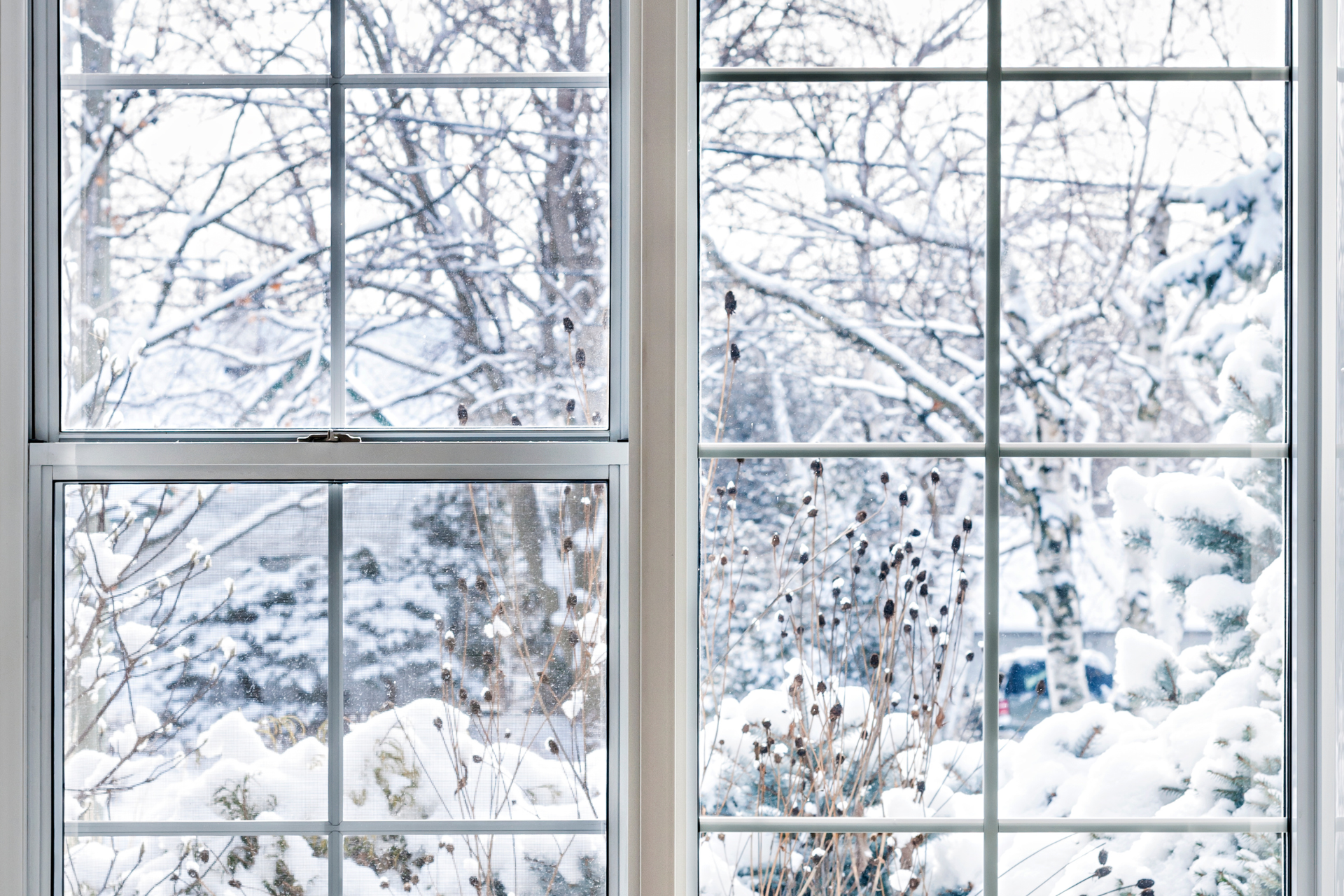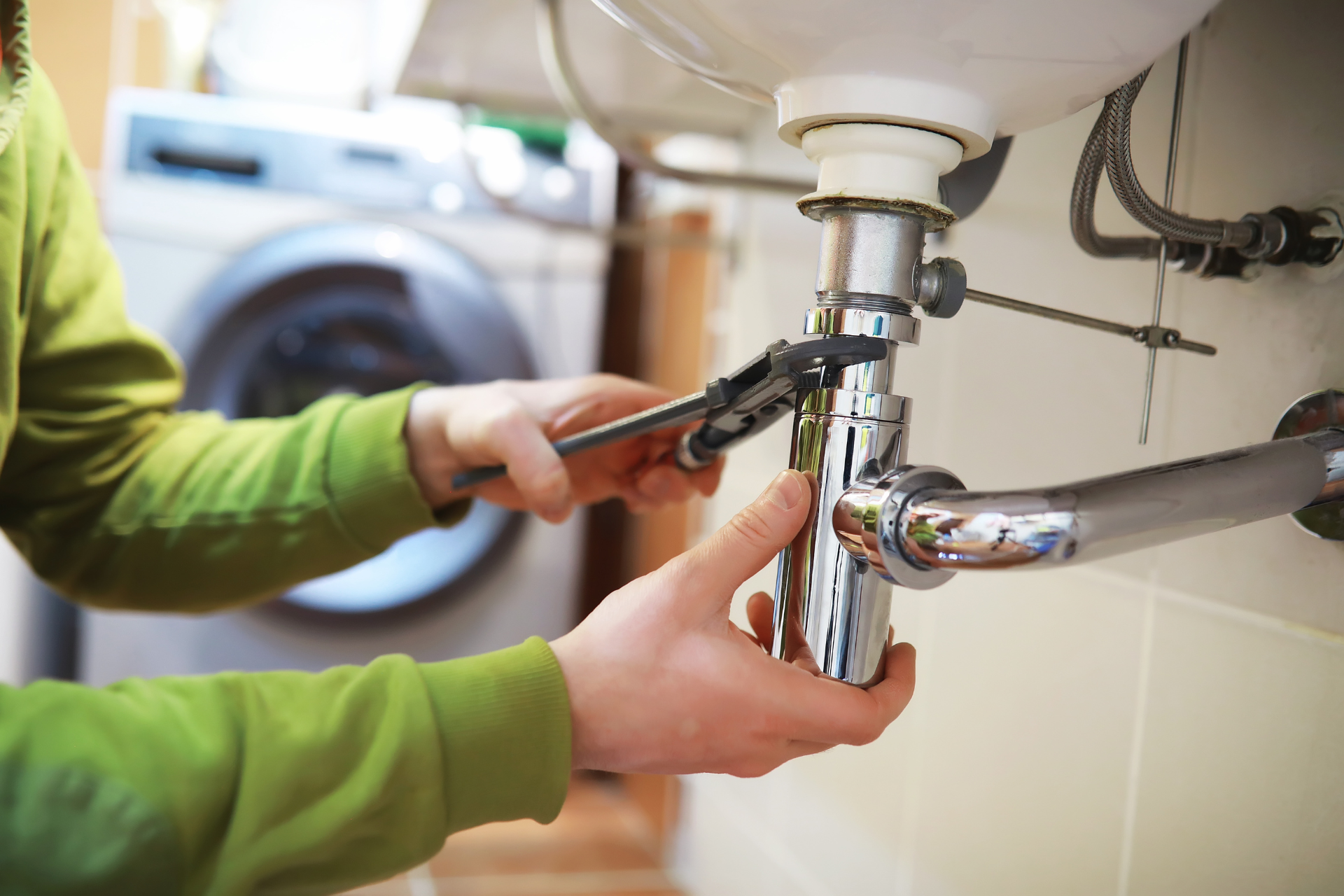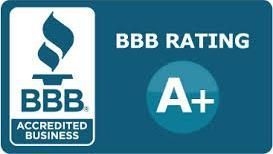Spring-Cleaning Your Plumbing System: What Most Homeowners Miss
Spring-cleaning isn’t just for closets and windows—it’s also the perfect time to give your plumbing system a little love. After a long winter, your pipes, drains, and fixtures could use some attention to keep everything flowing smoothly.
But beyond the usual "check for leaks" advice, there are several overlooked steps that can make a big difference. Here’s what most homeowners miss when spring-cleaning their plumbing system—and how to stay ahead of costly repairs.
1. Flushing Out the Water Heater
Minerals and sediment build up in your water heater over time, especially if you have hard water. This reduces efficiency and can shorten the life of your unit.
What to do: Drain and flush your water heater at least once a year—spring is the ideal time. This simple maintenance task can help your water heat faster and last longer.
Tip: If you're not comfortable doing this yourself, have a plumber handle it during your spring service check.
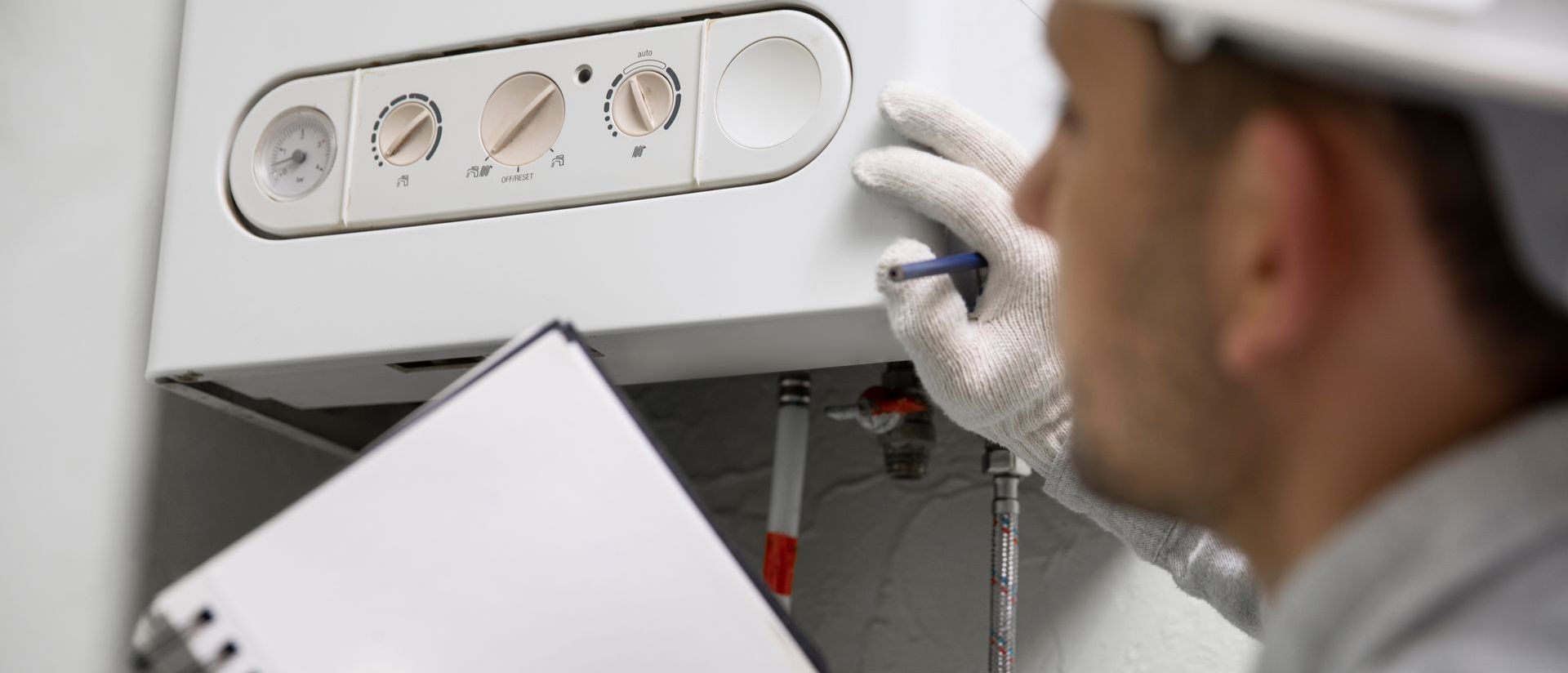
2. Inspecting Outdoor Hose Bibs and Faucets
Once the weather warms up, it’s tempting to hook up the garden hose and get outside. But before you do, check your outdoor faucets for signs of damage from winter freezing.
What to look for:
- Leaking when the faucet is turned on
- Reduced water pressure
- Water pooling near the foundation
A cracked pipe behind the wall may not show until it's too late—better safe than soaked.
3. Checking Sump Pumps Before Rainy Season
April showers can bring more than flowers—they can bring flooded basements. Your sump pump is your first line of defense.
Quick test: Pour a bucket of water into the sump pit. The pump should activate quickly and remove the water.
Also, make sure the pump is plugged in, and the outlet is working. Consider a battery backup if you don’t have one already.
4. Cleaning Out Slow Drains
Slow drains aren’t just annoying—they can be an early warning sign of a clog deeper in the system.
Spring tip: Use a drain snake or an enzyme-based cleaner to clear hair, soap, and grease buildup. Avoid harsh chemicals that can damage your pipes.
Tip: If multiple drains are slow, it could point to a bigger issue in your main line. That’s when it’s time to call a pro.
5. Inspecting Pipe Insulation
Pipe insulation isn’t just a winter concern. Spring is a great time to make sure your pipes are still properly wrapped—especially in basements, garages, or crawl spaces.
Insulation helps prevent condensation in warmer months and prepares your home for the next cold season, too.
6. Testing Water Pressure
Too much water pressure might seem like a good thing—until it starts damaging your pipes and appliances.
A pressure gauge can help you test your home’s water pressure. Ideal range? Around 40–60 psi.
If it’s higher than 80 psi, consider installing a pressure-reducing valve (PRV).
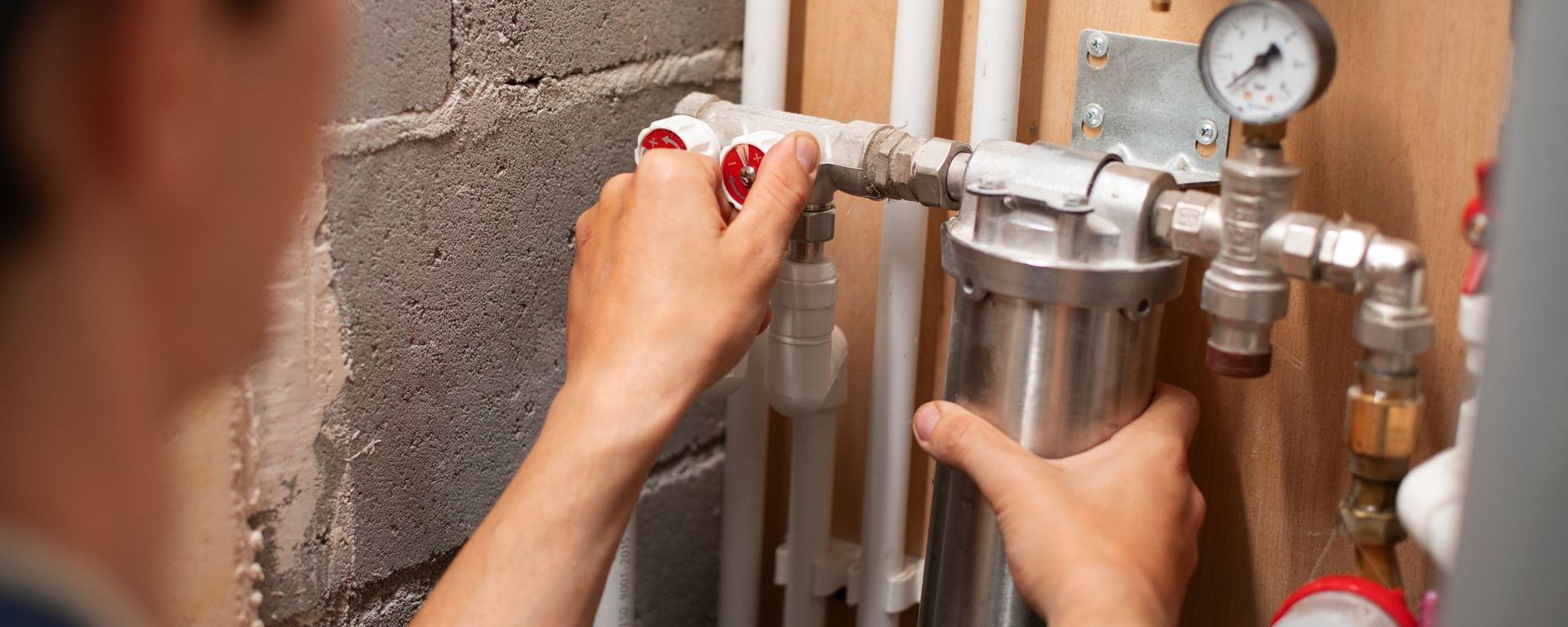
Final Thoughts: A Little Plumbing TLC Goes a Long Way
Most homeowners don’t think about their plumbing system until something goes wrong. But taking a few simple steps each spring can help you avoid major repairs, save money, and keep your home running smoothly year-round.
Need help with your spring plumbing checklist? Our licensed pros are happy to inspect, clean, and prep your system for the season ahead. Just give us a call at (812) 327-8080 or schedule an appointment online here.
